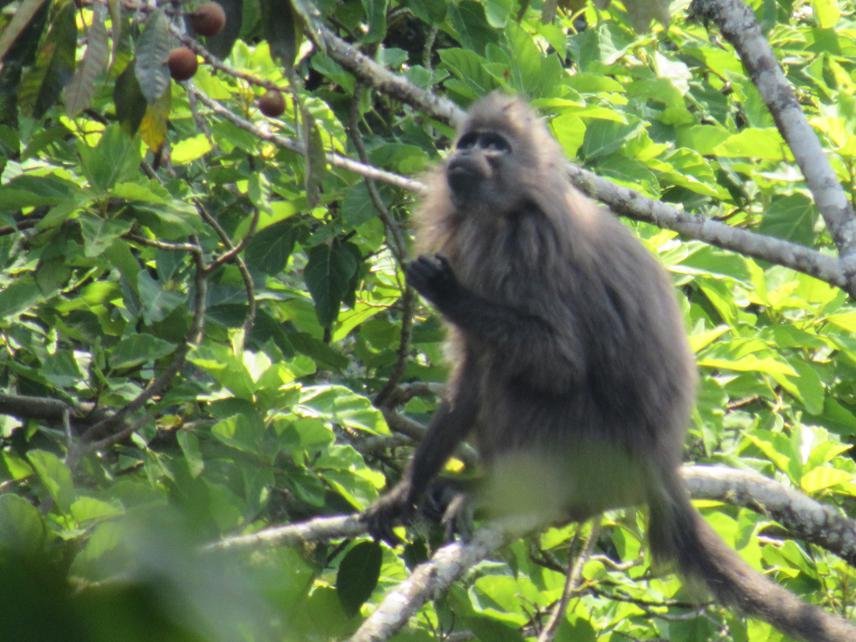Fredrick Ojija
Other projects
22 Sep 2017
Enhancing Ecological Habitat for Critically Endangered Long-Billed Tailorbird (Artisornis moreaui) Through Community Empowerment in Nilo Nature Reserve,Tanzania
12 Jun 2020
Reducing Extinction Risk of Critically Endangered Rungwecebus kipunji in Mount Rungwe Nature Forest Reserve, Tanzania
12 Oct 2023
Securing Habitats and Populations of Endangered Species through Countermeasures of Invasive Plant Problems in Mt. Rungwe Nature Forest Reserve, Tanzania
Apart from supporting and delivering ecosystem services that support communities’ livelihoods in Rungwe district, Tanzania, the Mount Rungwe Nature Forest Reserve (MRNFR) is a vital ecological area protecting plant and animal species. It is vital for the conservation of residual tropical montane forest and endemic, endangered, and rare species. Although the reserve is a refuge for two threatened primate species, i.e., the endangered kipunji (Rungwecebus kipunji) and Rungwe galago (Paragalago sp), the natural habitats of both species in MRNFR are endangered mainly due to anthropogenic changes. Deforestation and forest degradation (DD) represent the main threats to both species in MRNFR as they affect natural processes driving their reproduction. While illegal logging and fuelwood collection in MRNFR increase pressure on the primates’ survival, continuing human encroachment and cultivation around MRNFR border zones alter forest structure. As a result, suitable habitats for R. kipunji and a poorly known nocturnal mammal, Paragalago sp, in MRNFR are deteriorating. This threatens the lives of both species in the reserve.

Despite the ongoing threats, there has been no initiative to restore degraded habitats in MRNFR to enhance the ecological habitats of R. kipunji and Paragalago sp. Also, there is no study that has attempted to assess the population of Paragalago sp, raise its conservation awareness, and empower local communities to protect both species. Thus, following the deterioration of MRNFR’s ecological integrity due to prolonged DD within and around the border zones, the reserve currently requires restoration and empowerment of local people to protect it. The primary goals of this project are to restore degraded areas, carry out a preliminary population survey of Paragalago sp., raise its conservation awareness, and empower local communities to protect MRNFR and its biodiversity.